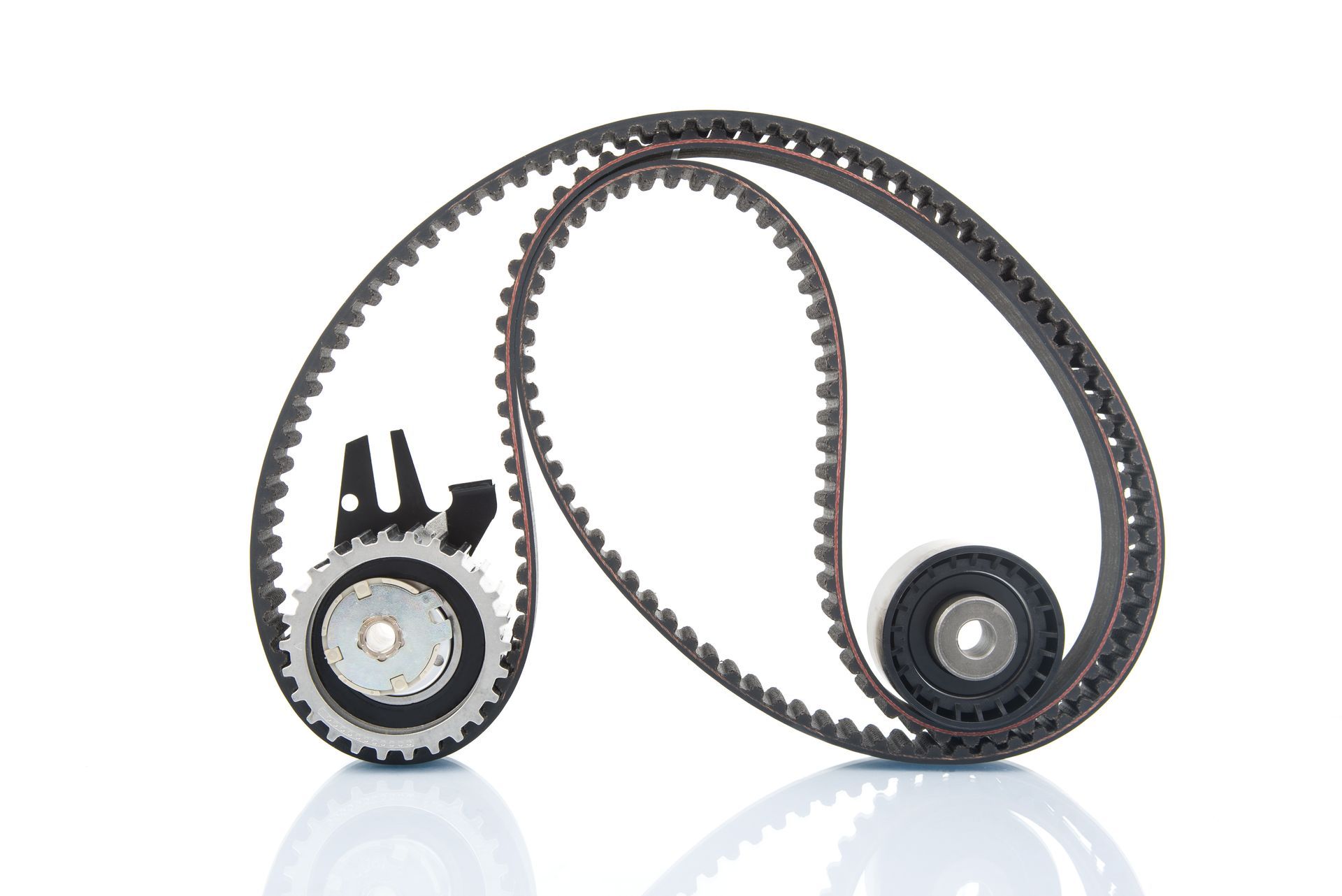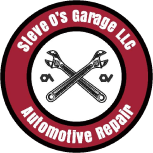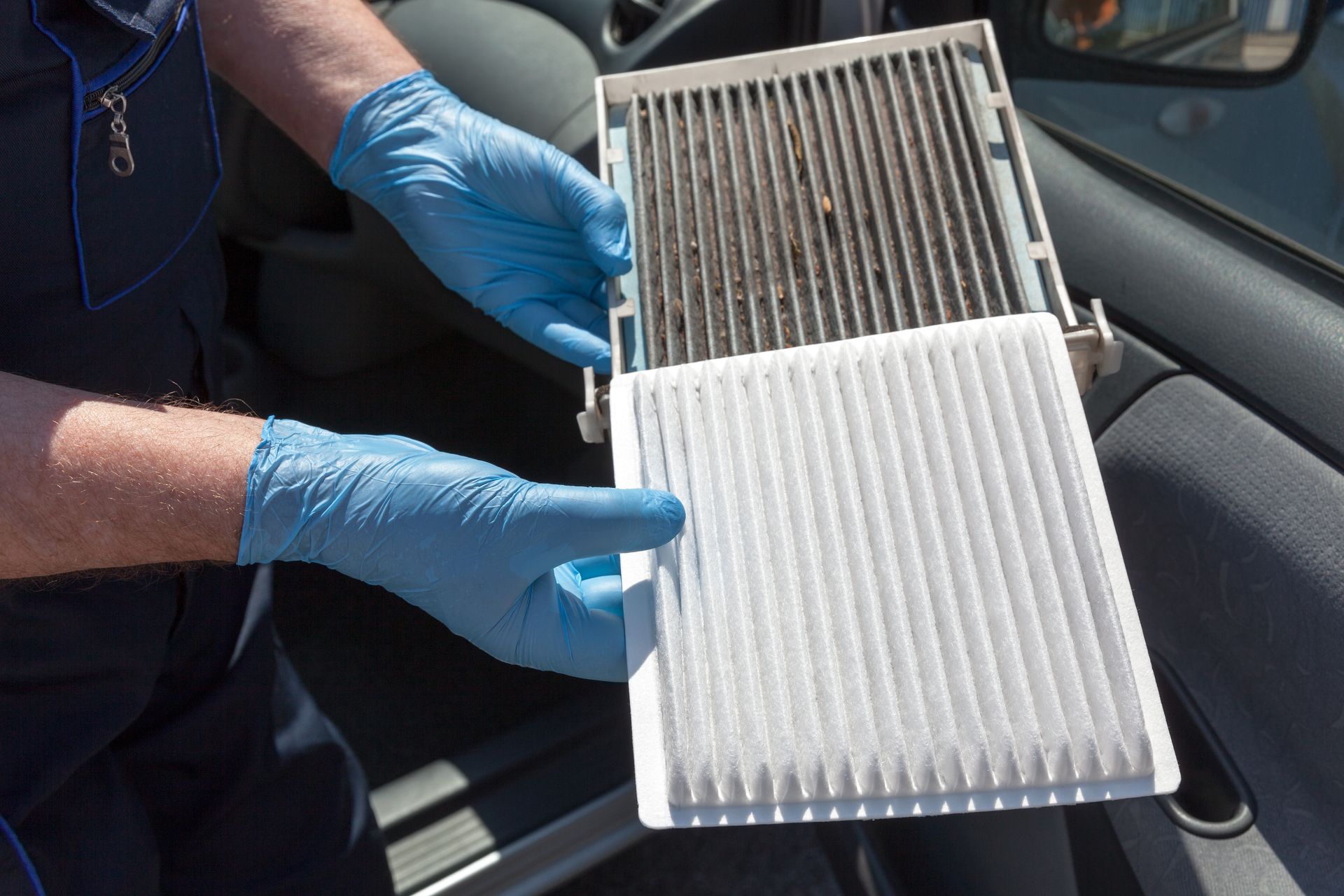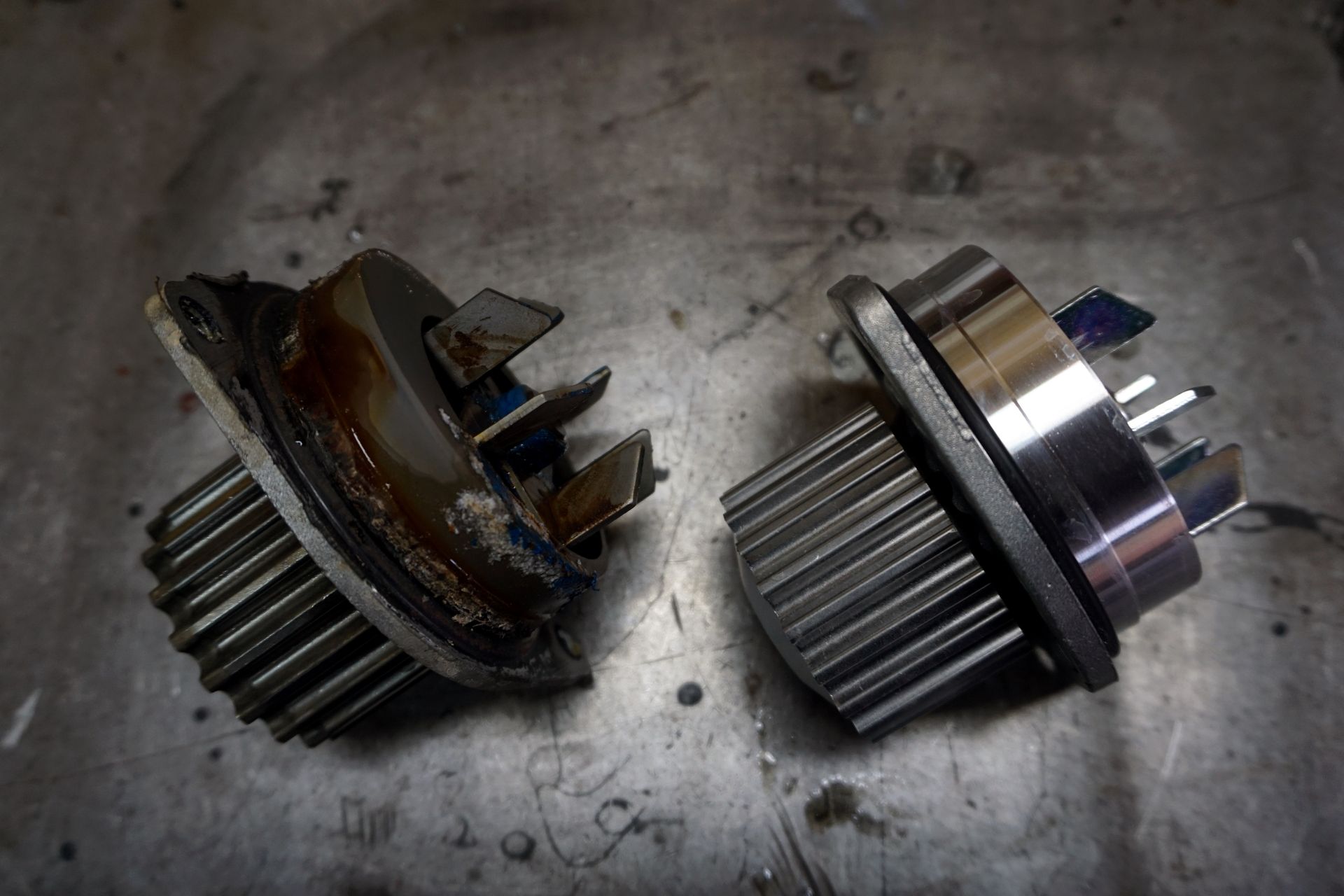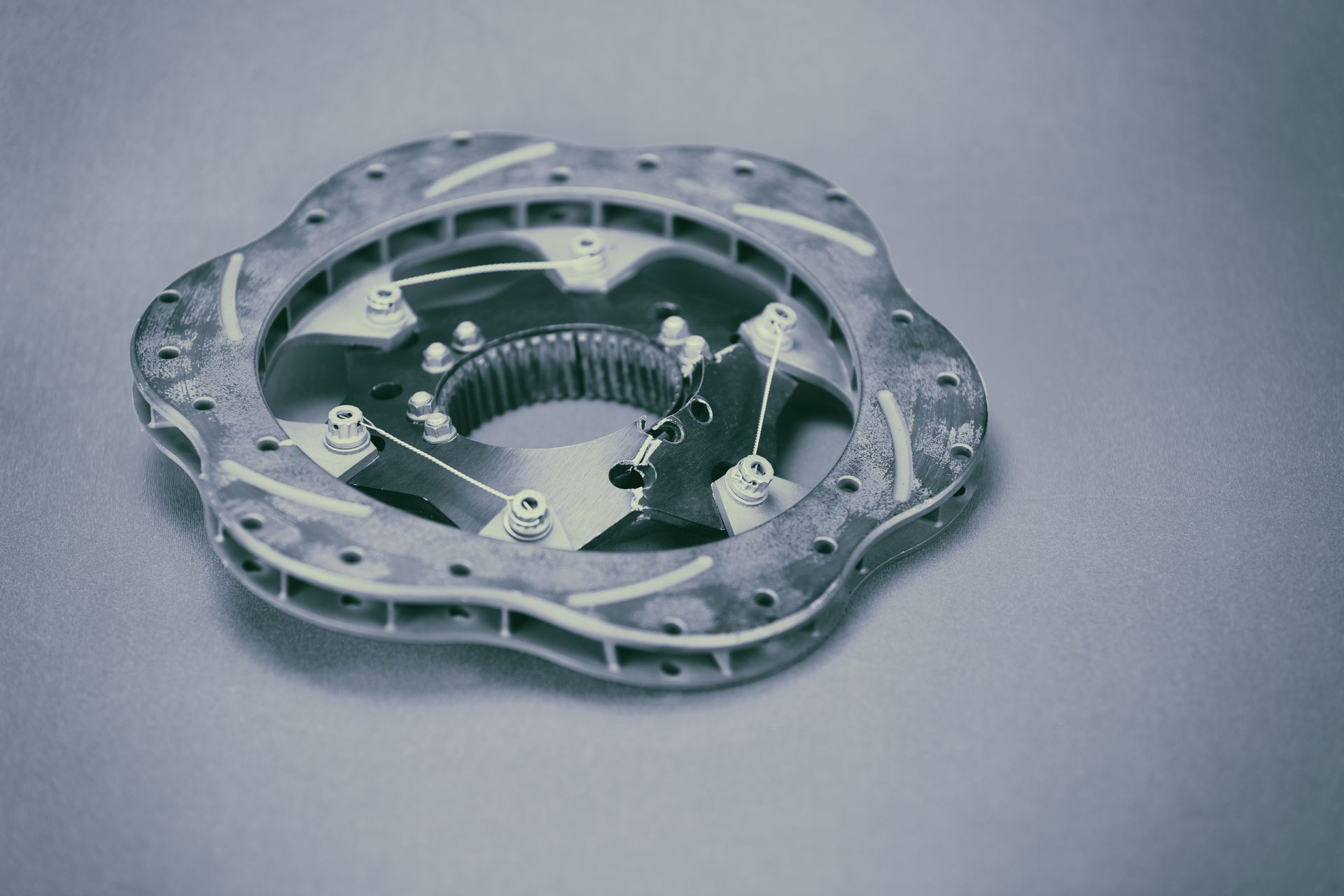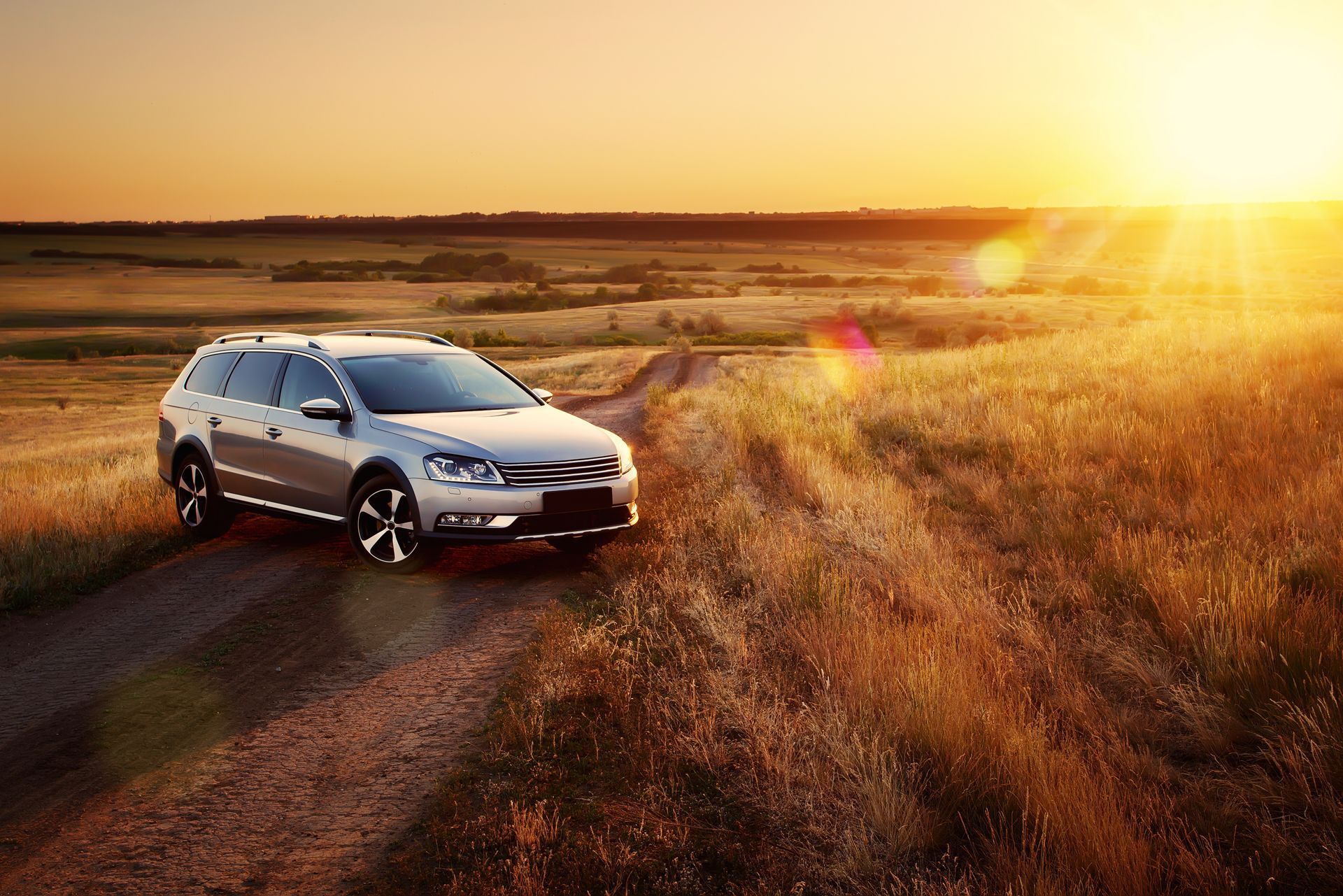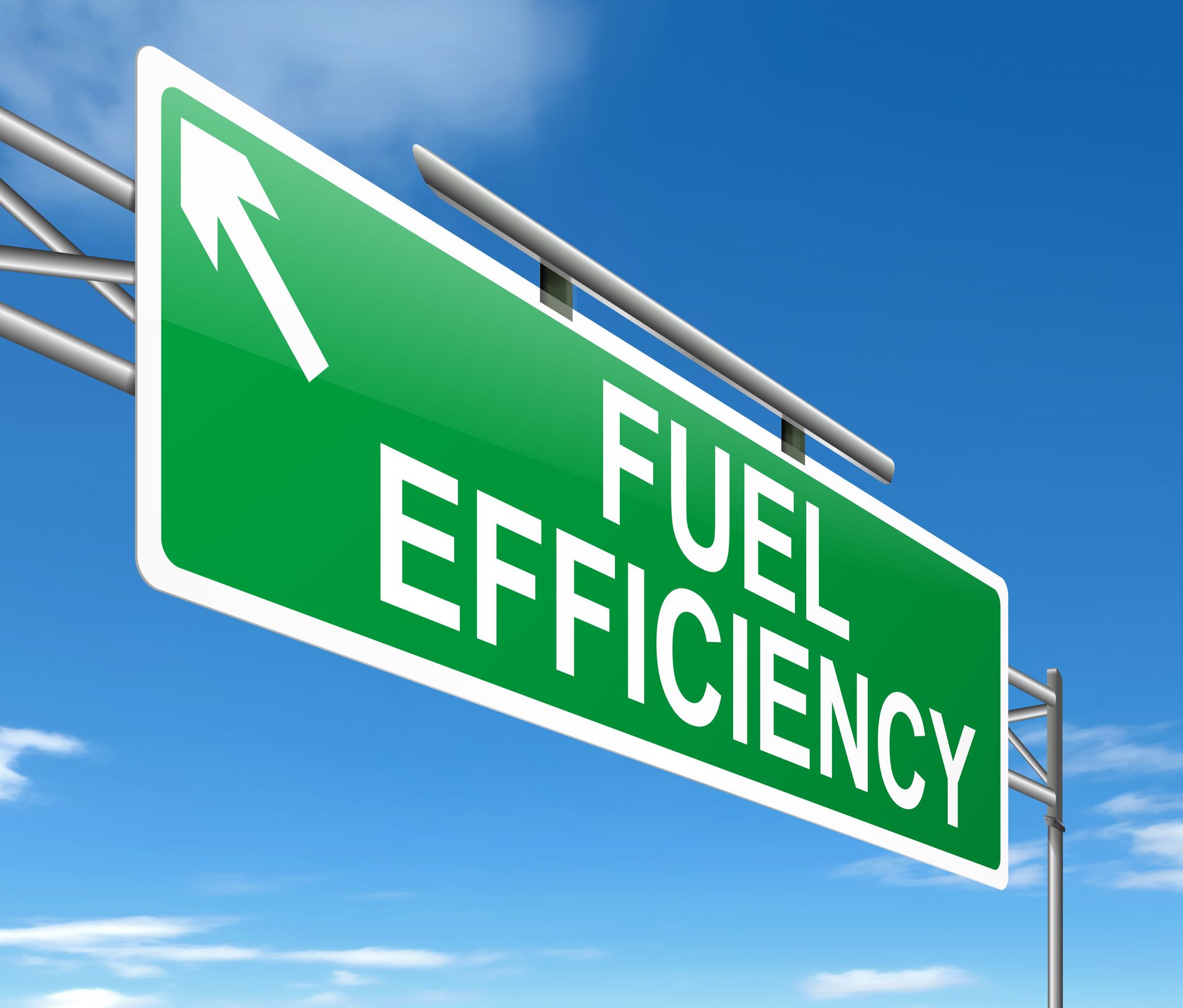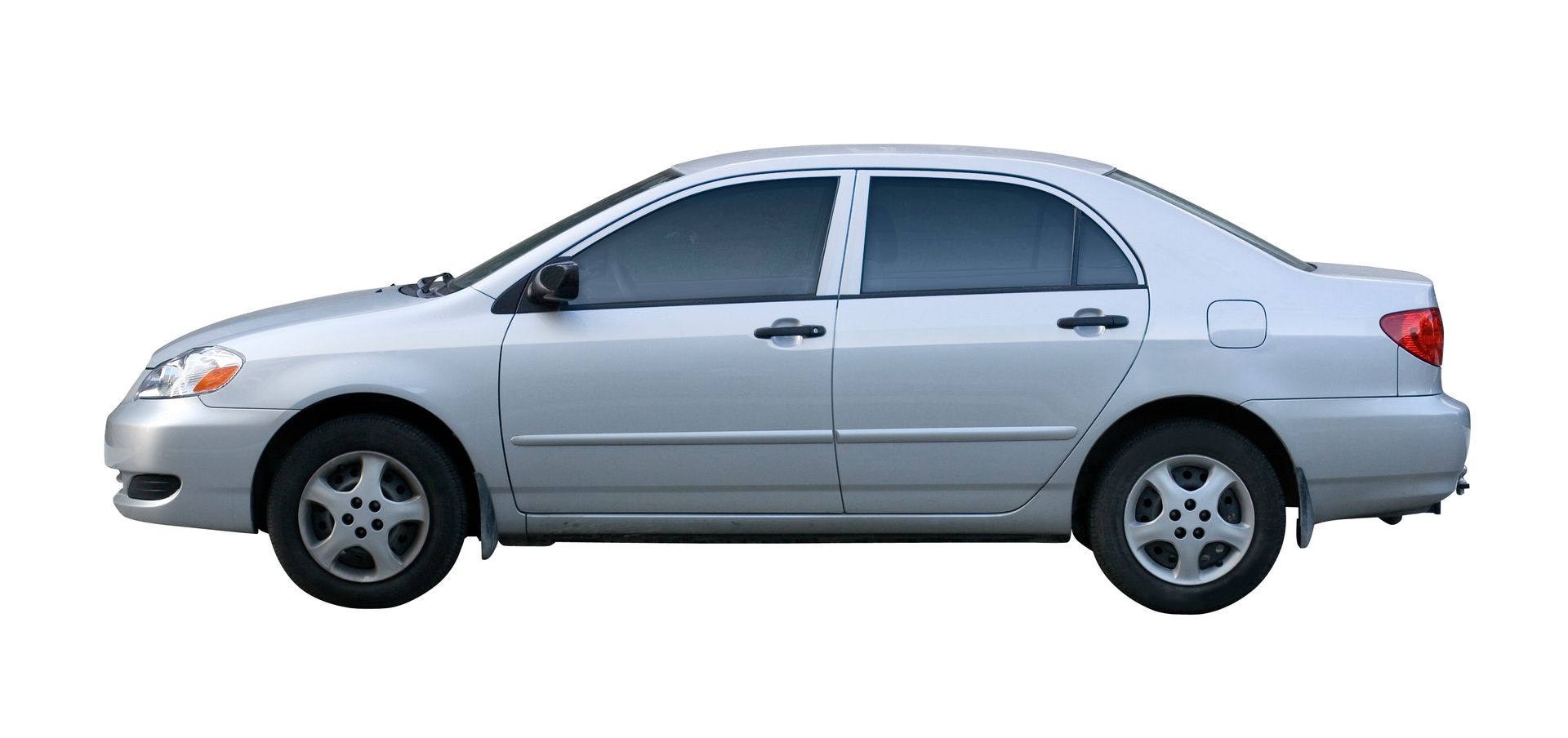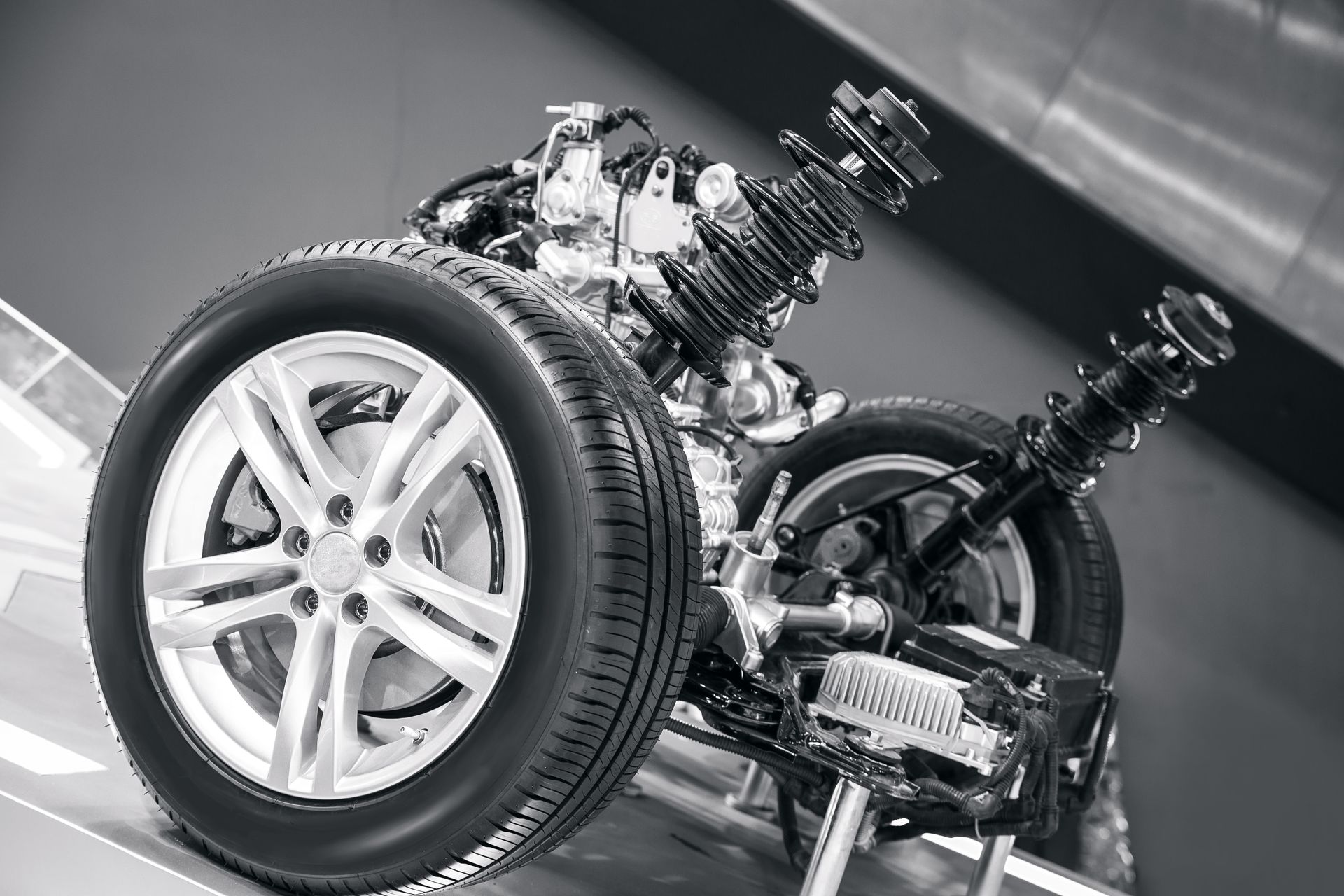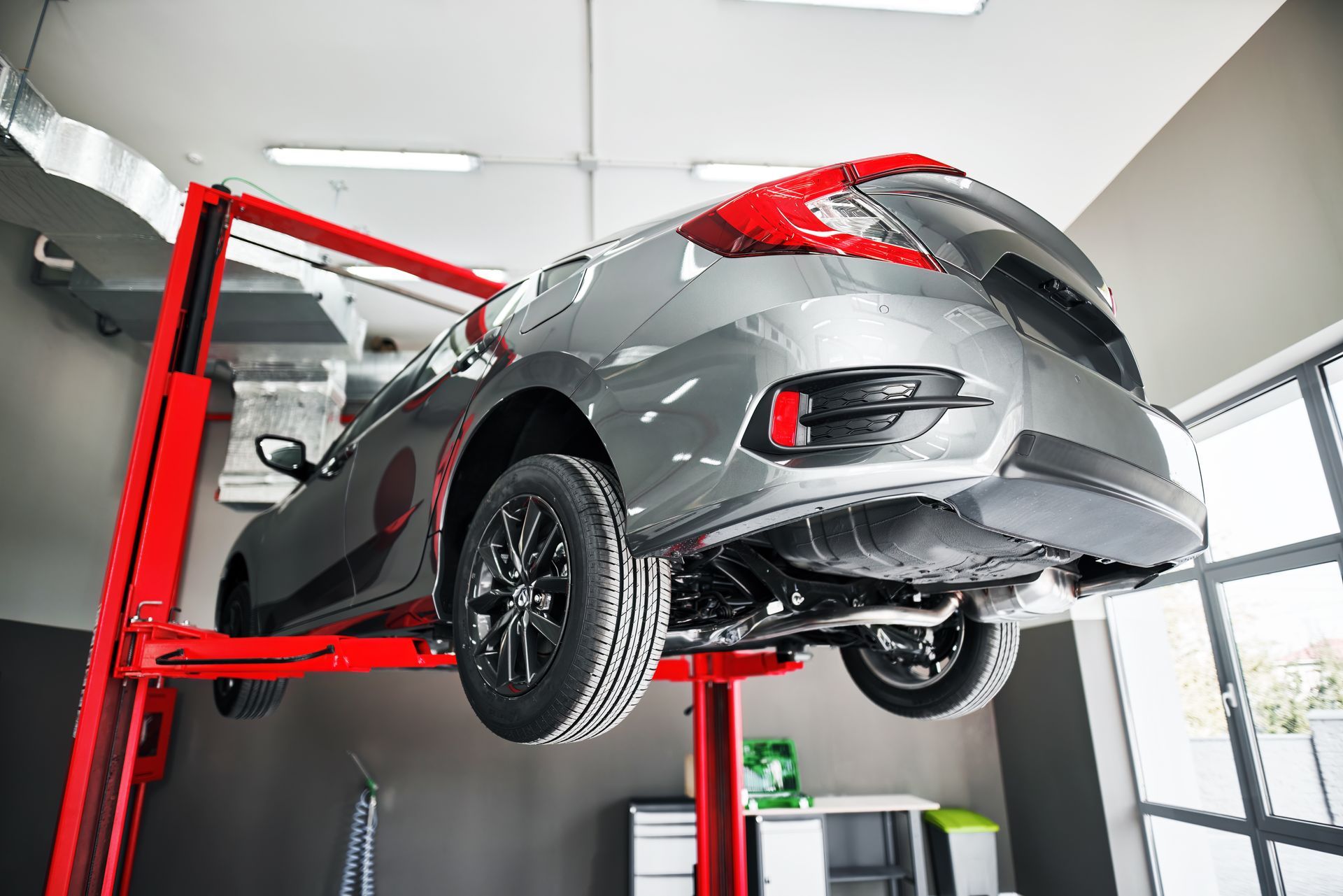Parking lots may seem harmless, but they are one of the most common places for vehicle damage to occur. From door dings and scratches to more serious bumper taps, many drivers find new marks on their cars after leaving them parked. While some incidents are unavoidable, understanding the primary causes and adopting a few preventive habits can significantly reduce your risk.
Why Parking Lots Are High-Risk
The primary reason parking lots experience significant damage is the constant movement of vehicles and pedestrians in a confined space. Tight parking spots, heavy foot traffic, and frequent vehicle maneuvering all increase the odds of an accident.
In addition, many drivers are distracted while in parking lots. They may be looking for a space, talking on the phone, or unloading groceries instead of paying attention to surrounding vehicles. Small mistakes in these close quarters can lead to costly repairs.
Door Dings and Side Scratches
One of the most frequent issues in parking lots is door dings. These happen when someone parked next to you opens their door too far, hitting your vehicle. Shopping carts can also cause similar dents and scratches when left loose in a lot.
To avoid this, park away from crowded areas whenever possible. Choosing end spots or spaces with one side against a curb or barrier can give you extra protection. If you must park between two vehicles, try to choose spots where the cars on either side are well-centered in their spaces.
Bumper Taps and Low-Speed Collisions
Slow-moving fender benders are another parking lot hazard. Drivers backing out of spaces without looking carefully or misjudging distances when pulling in can bump your car. These collisions may be minor but can still cause scratches, dents, or damage to sensors and lights.
Positioning your vehicle where it is highly visible can help prevent this. Pull through to a space that allows you to drive forward when leaving instead of reversing. If that is not possible, back into the space so you have a clear view when pulling out.
Damage from Shopping Carts
Unattended shopping carts rolling through a parking lot can easily hit vehicles. This is more likely on windy days or in lots with a slope.
Parking far from cart return stations can help reduce the chance of a stray cart hitting your vehicle. When possible, choose a spot with a curb or median in front of you to act as a barrier.
Weather-Related Hazards
In Arizona, heat and sun exposure are the main environmental threats in parking lots. Prolonged exposure to direct sunlight can fade paint, damage interior materials, and weaken clear coat protection.
Whenever possible, park in shaded areas, under a tree, or in a covered parking structure. Using a windshield sunshade and applying protective wax regularly will also help reduce damage from UV rays.
Vandalism and Theft
While less common than accidental damage, vandalism and theft can occur in parking lots. This includes key scratches, broken windows, or stolen items.
Avoid leaving valuables in plain sight. Keep bags, electronics, and other items hidden or stored in the trunk. Well-lit areas and spots close to entrances often deter vandals.
Simple Habits to Reduce Risk
You cannot control the actions of other drivers, but you can make it harder for your vehicle to be damaged. Here are some habits to keep in mind:
- Park away from high-traffic entrances.
- Avoid spaces next to large vehicles that block visibility.
- Take an extra moment to check your surroundings before opening your own doors.
- When possible, park in a space that allows you to pull through or back in for better visibility when leaving.
These small adjustments in how and where you park can make a big difference in protecting your car.
When to Have Your Vehicle Checked
If you notice a new dent, scratch, or minor impact mark, it is a good idea to have your vehicle checked. Even low-speed bumps can affect wheel alignment, sensors, or the mounting of exterior parts. A quick inspection will confirm there is no hidden damage that could affect safety or performance.
Vehicle Care at Steveo’s Garage LLC in Peoria, AZ
While you may not be able to prevent every parking lot incident, taking a proactive approach can significantly reduce your risk. At Steveo’s Garage LLC in Peoria, AZ, we can inspect your vehicle after a parking lot bump to ensure all systems are in proper working order. We focus on keeping your car safe, reliable, and ready for the road ahead.
Schedule your visit today for a professional check and drive with peace of mind.
